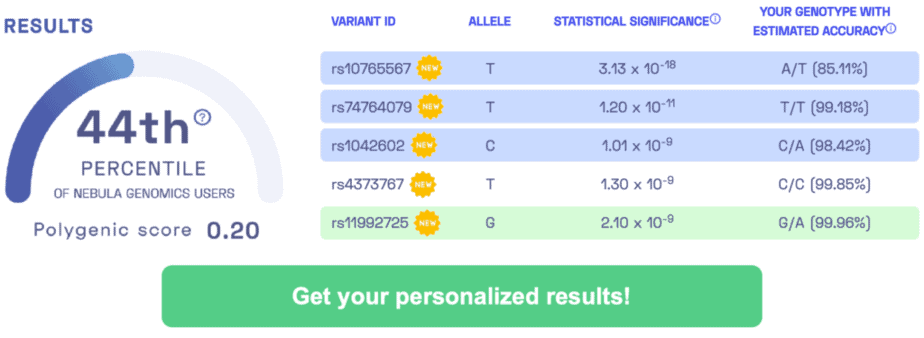SUMMARY: Identification of 7 genomic regions associated with Sjögren’s syndrome risk.
OVERVIEW: Sjögren’s syndrome is an autoimmune disorder characterized by dry eyes and dry mouth. It occurs when the body’s immune system mistakenly attacks glands, like those that produce saliva and tears. As a result, these glands become inflamed and damaged. Up to 3 million individuals in the United States alone may be affected by Sjögren’s syndrome. While the condition can affect individuals at any age, it is most commonly diagnosed in older women. To better understand the genetics that may predispose a person to the condition, this genome-wide association study examined nearly 8,400 individuals of European descent. The study found 7 regions of the genome associated with susceptibility to developing Sjögren’s syndrome. Genes located in these regions play a role in the functioning of the immune system, including the production of inflammation-promoting interferon proteins. Together, the identified variants may explain a large proportion of the heritable risk for the condition.
DID YOU KNOW? As a result of dry mouth caused by Sjögren’s syndrome, affected individuals have an increased risk of developing cavities and tooth loss. Regular dental care is highly recommended to individuals living with the condition. Drinking water, chewing gum, and other methods to stimulate saliva production can also help. [SOURCE]
SAMPLE RESULTS: Learn more about the Nebula Research Library.

SJÖGREN’s SYNDROME-ASSOCIATED VARIANTS: rs9271588, rs3757387, rs10553577, rs485497, rs2736345, rs7119038, rs6579837
ADDITIONAL RESOURCES:
Sjögren’s syndrome (Video)
WEEKLY UPDATE: May 5, 2020
